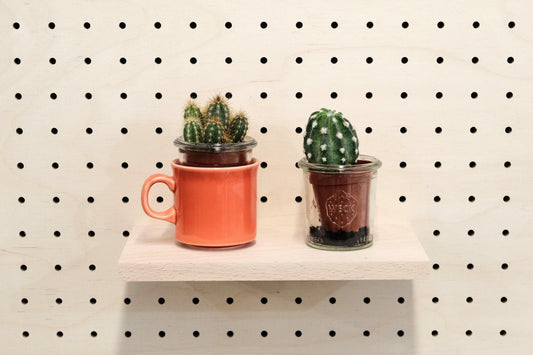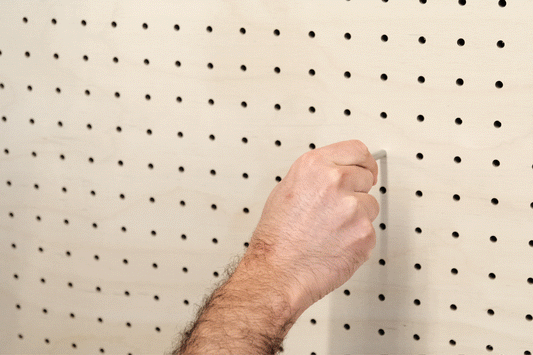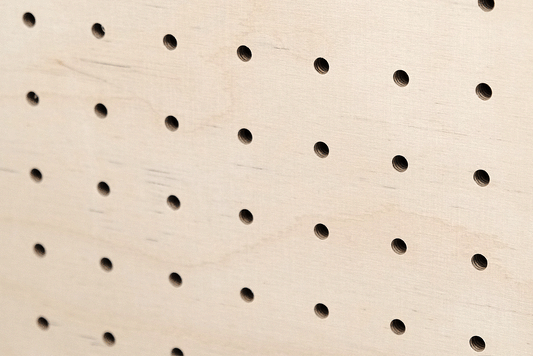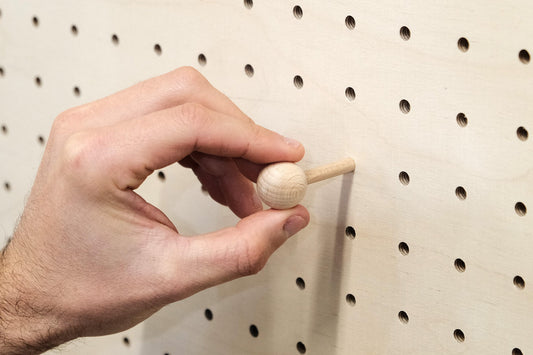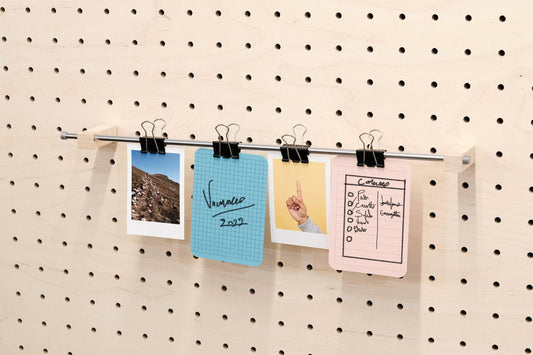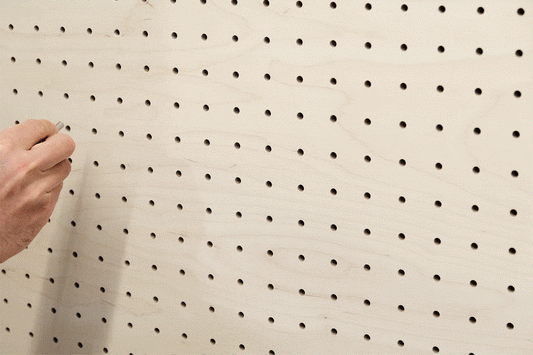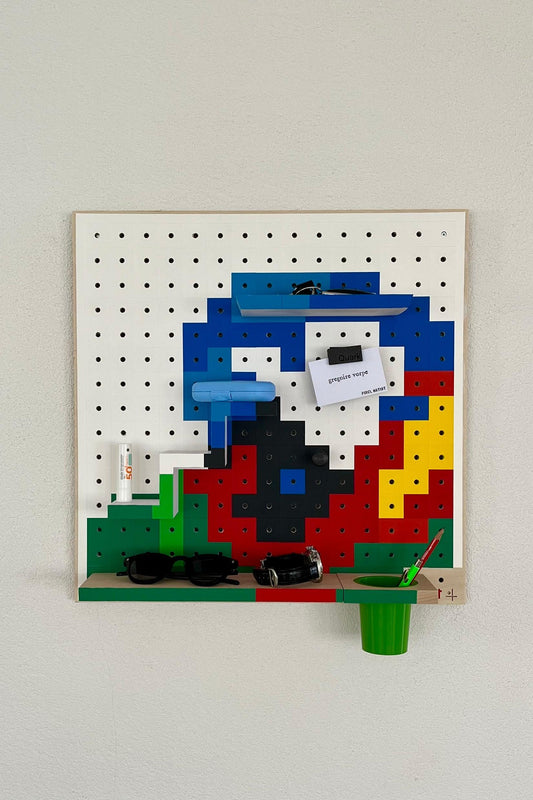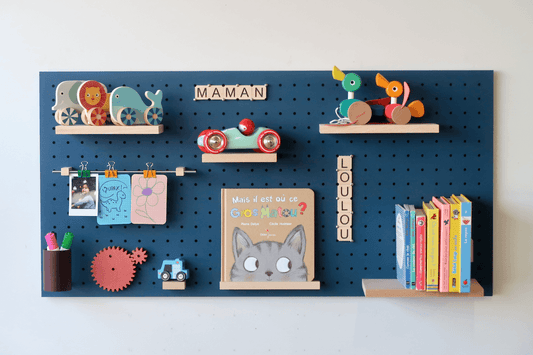Some will say that it is “original”, others will rather lean towards “transgressive”. But all agree on one point; Stefan Sagmeister is a complete artist with incredible talent, a real "Pop Star" in his field. The man who started by making album covers and posters for Lou Reed, Talking Heads, Brian Eno and the Rolling Stones, excuse me, has established himself for three decades as one of the most creative artists of his generation. He doesn't hesitate to photograph himself, to create a wall of bananas, to stage himself, to mix "handmade" and new technologies to produce ever more inspired works. He very kindly accepted to answer our questions and we thank him. Meeting with an artist for whom beauty is not a simple concept but a reality that he puts into practice.

How did you become a designer? Was it a childhood dream or did it happen later?
I started writing for a small magazine called Alphorn when I was fifteen and quickly discovered that I liked layout more than writing. Then, at 18, I visited New York City and immediately knew that was where I wanted to live. Having grown up in a small town in the Austrian Alps, I now wanted to evolve in a large metropolis.
When I founded Sagmeister Inc. in 1993, our offer started with a small range of products in particular for graphics in the musical universe . It has expanded over the years to include all supplies for documentary films.

Can you describe your way of working? How do you create?
Ideas come from everywhere except other graphic designers, of course! I can be inspired by a lot of things, a train ride, a piece of music and then what will be interesting is to transpose it into the world of design.
I can feel really happy while I'm working especially when I'm engaged in crafts that I might get lost in. And about working on the trains: this forward motion, the anticipation of what a new place is going to be like, the ability to move around on the train with the landscape unfolding all around, it all helps increase my sense of well-being.

How would you describe your style?
We have a philosophy regarding our style within our studio: open-mindedness.
I have found that paying attention to style improves our well-being so why not pay attention to it. I also realized that by changing our own style on each project, we stay more on the stylistic surface and we run the risk of copying the styles developed by others. As I get older, I look more and more for an emotional response that comes less from work-based ideas and more from formal, visceral, stylized design. Idea-driven work often tends to be jockeyed, witty at first, but can also become somewhat boring over time.

What is most important in design today?
The beauty ! We've found that nice things work much better. I often create important additional functionality that only practical designed parts could not offer. And it might be tempting to fall into the misconception that beauty will matter less in a faster world, because current speed will reduce the chances of stopping and smelling the roses.
Our scientific advisor, Dr Helmut Leder, shows that beauty can actually be seen as a shortcut to preserving energy and making decisions unconsciously, without contagious thoughts, which means that beauty plays an even more central time. in faster times.

Many design professionals, whether in architecture, product or digital design, don't take the concept of beauty very seriously. Many consider it superfluous and will instead focus on function. I firmly believe that the search for functionality alone often leads to works that do not work at all, the social housing projects of the 1950s and 1960s were a great example of this: the aim being to bring together as many people as possible in dwellings which were not made for. They had to be demolished twenty years later.
My old friend and mentor Tibor Kalman used to say, “I have nothing against beauty, I just don't find it interesting”. Initially I agreed with him but eventually changed my mind; I think beauty can be a fantastic means of communication. It helps to become more sensitive and moving.

Can you tell us about the people who inspire you?
When I was a student I was completely obsessed with a book about Storm Thorgerson and the work he did for Hignosis, the British design collective that created all the album covers for Led Zeppelin, Pink Floyd and a whole lot more. others. They developed the most incredible ideas and used craftsmen to realize them perfectly.
Even now, I always look forward to seeing James Turrel's new installations in the Massachussets museum MassMoca. His exhibition at the Mac in Vienna twenty years ago remains the most influential and incredible show I have ever seen.
Recently I was very inspired by an interview with Ann Hamilton in which she asks about creativity and she mentions that it's not a term she wants to talk about but that flexibility is something that interests her a lot more.
What do you think of the decoration? Is something important to you. And what style will we find at home?
One of the most important and influential Austrian architects is Adolf Loos who wrote a book called "Ornament and Crime" in which he described people designing new ornaments as criminals. He thought it would be criminal to spoil craftsmanship by forcing designers to put ornaments everywhere. Twenty years after writing this book, he designed a rather magnificent set of glasses with very subtle ornamentation for the Austrian company Lobmeyr, which has continued to produce them for the past 80 years.
He included a letter with the drawings where he specified ornaments to be cut into the glasses: He suggested small illustrations like butterflies, the naked human form, small animals, etc. So apparently the author of "Ornament and Crime" still liked ornament. But he didn't have the opportunity to finish these ornaments himself so Leonid Rath, the owner of the Lobmeyr company commissioned my studio 80 years later. We produced images for a set of 14 glasses called Heaven and Hell, featuring ornaments representing the Seven Heavenly Virtues and the Seven Deadly Sins.

In fact, the fight is not between simplicity and complexity, minimalism and ornaments but between what is designed with love and what is done without attention. Beauty is part of what it means to be human!
You are an Austrian living in New York. What is your relationship with these two countries?
Most of my education was in Austria until I was 24. As during these years, my brain continued to grow, I am sure that most of my influences, my deep connections were forged there, at that time. And even though I've lived and loved New York for thirty years, I'm still an Austrian citizen and perhaps more importantly, I really feel Austrian.
What is your favorite food ? Austrian or American?
For most people, their favorite dish is something they grew up with. Culinary tastes are 80% influenced by culture when those of a partner are 80% influenced by DNA. Mine are from Western Austria, the Cheese Spaetzle, very small dumplings.
https://jecuisinedoncjesuis.com/spatzle-aux-fromages/
Do you have a motto to share?
I have plenty, here are my twenty favorites:
- Helping others helps me.
- Having guts always works for me.
- To think that life will be better in the future is stupid. I have to live now.
- Organizing a charity group is surprisingly easy.
- Not being honest always works against me.
- Everything I do always comes back to me.
- Assuming is suffocating.
- Drugs make you feel good at first and become a hindrance later.
- Over time, I get used to everything and start to take it for granted.
- Money doesn't make me happy.
- My dreams don't make sense.
- Keeping a journal promotes personal development.
- Trying to look good limits my life.
- Luxury products are best enjoyed in small doses.
- Worrying solves nothing.
- Complaining is silly. Either act or forget.
- Everyone thinks they are right.
- If I want to explore a new direction professionally, it helps to try it out on my own first.
- Low expectations are a good strategy.
- Anyone who is honest is interesting.
Interview by Edith SELLIER PASCAL










